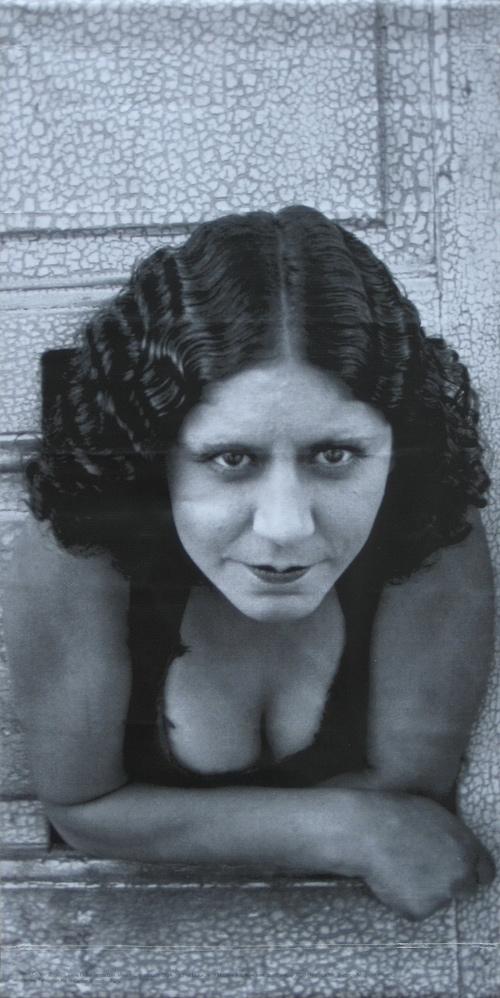Collection: Henri Cartier-Bresson
Cartier-Bresson (1908-2004) studied drawing and painting at Lhote Academy and the University of Cambridge. He became restless with a rule-laden" approach to art and began following the Surrealist poets of Parisian café culture. Inspired by a Surrealistic photograph by Martin Munkacsi, Cartier-Bresson stopped painting in 1931 to take up photography. Just a year later, he had his first photography exhibition in New York. In 1947, he formed Magnum Photos, a cooperative photo agency, with friends David Seymour and Robert Capa. Through Magnum, their photographs filled the pages of publications such as Life Magazine for more than 30 years.
Cartier-Bresson published the landmark Images à la Sauvette (translated literally as images on the run," though the English version was titled The Decisive Moment) in 1952, which featured 126 black and white photographs taken during his travels around the world. There is nothing in this world that does not have a decisive moment," said Cartier-Bresson. This collection exemplified his determination to capture the fleeting moment, and it defined photographic theory for generations to come. Interestingly, the cover of the book was designed by Henri Matisse, one of Cartier-Bresson's contemporaries and photographic subjects.
In the 1970s, Cartier-Bresson retired from photography and returned to drawing and painting. He said, Photography has never been more than a way into painting, a sort of instant drawing." Cartier-Bresson died in Paris just shy of his 96th birthday.
Cartier-Bresson published the landmark Images à la Sauvette (translated literally as images on the run," though the English version was titled The Decisive Moment) in 1952, which featured 126 black and white photographs taken during his travels around the world. There is nothing in this world that does not have a decisive moment," said Cartier-Bresson. This collection exemplified his determination to capture the fleeting moment, and it defined photographic theory for generations to come. Interestingly, the cover of the book was designed by Henri Matisse, one of Cartier-Bresson's contemporaries and photographic subjects.
In the 1970s, Cartier-Bresson retired from photography and returned to drawing and painting. He said, Photography has never been more than a way into painting, a sort of instant drawing." Cartier-Bresson died in Paris just shy of his 96th birthday.
-
Henri Cartier-Bresson "Calle Cuauhtemoctzin"
Vendor:SFMOMARegular price $379.00 USDRegular priceUnit price / per

